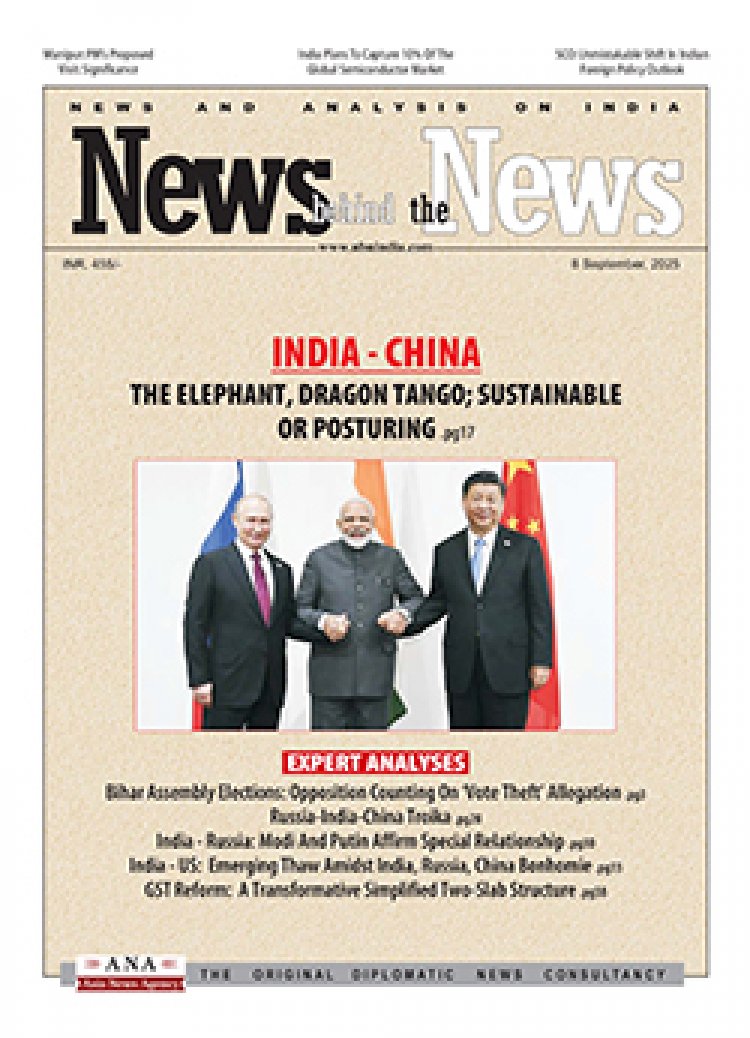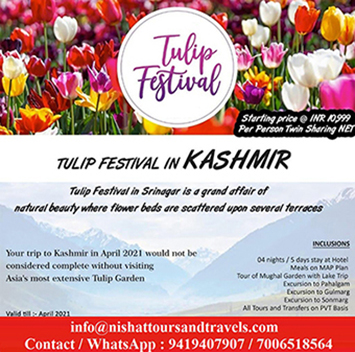Naga Peace Talks: Untying the Knot Might be Difficult
Asia News Agency

Peace talks between the rebel National Socialist Council of Nagaland (Isak-Muivah), or NSCN(I-M), and the Government of India, in the view of Wasbir Hussain (political commentator based in Guwahati, is editor-in-chief of Northeast Live) have reached a near “tipping point,” after 27 years of a landmark ceasefire agreement.
The NSCN(I-M), like the first Naga insurgent group Naga National Council (NNC), took up arms to achieve a sovereign Naga homeland. Later, in course of the negotiations with New Delhi that began after the August 1, 1997 truce, the NSCN(I-M) obviously agreed to reach a solution within the framework of the Indian Constitution.
No common ground on core issues: separate flag and constitution
However, “the rebel outfit always said it would not compromise on its dignity and honour and wanted a separate flag and constitution (Yezhabo) for the Nagas.” The Government has said no to a separate flag and constitution for the Nagas.
In this context, NSCN(I-M) now made the most belligerent statement in recent years, threatening to resume its armed struggle and resort to a violent armed resistance against India in order to defend, what it calls, the unique history and sovereign existence of ‘Nagalim’, or a greater Naga homeland. In a lengthy five-page statement issued on November 7 by NSCN(I-M) general secretary Thuingaleng Muivah, who is also the Ato Kilonser, or ‘prime minister’, the NSCN(I-M) leader said that the Government of India may now impose a political agreement that will not respect and honour the Framework Agreement of August 3, 2015 in letter and spirit.
The Framework Agreement was signed by the Government of India and the NSCN(I-M) amid much fanfare and the ceremony took place in presence of Prime Minister Narendra Modi and Mr Muivah and was supposed to be the basis on which the final Naga peace accord was to be reached.
Vital questions
This, according to Hussain “has brought the Naga peace process back to square one. After all, following the scrapping of Article 370 and the drastic changes that Jammu & Kashmir has seen, New Delhi is in no position to grant concessions on symbols like a separate flag anywhere else in the country. Several questions arise: if the deadlock with the NSCN(I-M) cannot be broken, will the Government of India go ahead and sign a peace agreement with the conglomerate of non-NSCN(I-M) rebel groups that goes under the umbrella called the Naga National Political Groups, or NNPGs? Like the NSCN(I-M) which signed the Framework Agreement in 2015, the NNPGs signed what is called the Agreed Positions in 2017. Now, the NNPG is of the opinion that talks with the Government of India, as far as the group is concerned, are over and that it is ready to sign a peace accord. But the big question is whether a Naga peace accord signed without a key stakeholder like the NSCN(I-M) can bring lasting peace in the Naga areas because society there is divided with sections backing the NSCN(I-M) and others backing the NNPG.”
Again, Hussain writes “the question to be asked is on what strength is the NSCN(I-M) leader threatening to take up arms and resume what he called the ‘armed resistance’? Does it mean that the NSCN(I-M) has been preparing to wage an armed struggle again even while engaging in a dialogue with New Delhi? Is it possible that the NSCN(I-M) may have already sent off a sizeable batch of fighters to the jungles to be battle-ready in case the talks fail? Is it likely that the NSCN(I-M) has the backing of elements in Myanmar and China, the two nations where its cadres had an easy access in the past?…”
Way forward: There is an Opposition-less government in Nagaland for quite some time now. The Nagaland government has set up a political affairs committee on the Naga issue and this committee has recommended appointment of a new interlocutor at the political level, possibly a Union minister.
















